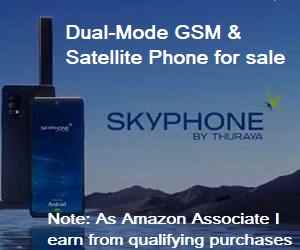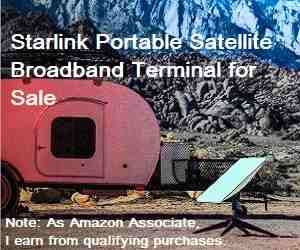Satellite Internet Forum.
Welcome, Guest. Forum rules.To search this site click here > SATSIG search
| Home Login Register |
| Satellite Internet forum › HughesNet and Hughes HX VSATs › Duvall, WA 98019.....Help now pls......! |
|
Pages: 1
|
Duvall, WA 98019.....Help now pls......!(Read 6044 times) |
|
Ex Member
Ex Member
|
Aug 28th, 2007 at 12:44am
|
| Back to top |
IP Logged
|
|
USN - Retired
YaBB Moderator
★★★★★ Offline Posts: 837 Kentucky (USA) |
Reply #1 - Aug 28th, 2007 at 1:31am
|
| Back to top |
USN (Ret)
IP Logged
|
|
Ex Member
Ex Member
|
Reply #2 - Aug 28th, 2007 at 2:29am
|
| Back to top |
IP Logged
|
|
USN - Retired
YaBB Moderator
★★★★★ Offline Posts: 837 Kentucky (USA) |
Reply #3 - Aug 28th, 2007 at 5:01am
|
| Back to top |
USN (Ret)
IP Logged
|
|
Eric Johnston
Senior Member
★★★ Offline Posts: 2109 |
Reply #4 - Aug 28th, 2007 at 10:47am
|
| Back to top |
« Last Edit: Jul 25th, 2015 at 5:35pm by Admin1 »
IP Logged
|
|
Mel_Berry
Member
★★ Offline Posts: 33 Texas USA |
Reply #5 - Oct 28th, 2007 at 5:44pm
|
| Back to top |
« Last Edit: Jul 25th, 2015 at 5:33pm by Admin1 »
Mel Berry : Houston Media Systems : Hughes HX & HN - covers North, Central, and most of S America
IP Logged
|
|
Pages: 1
|
Email me: eric@satsig.net
Powered by YaBB 2.5.2!
YaBB Forum Software © 2000-. All Rights Reserved.
Disclaimer, Terms of Use and Privacy Forum User Agreement Forum rules Cookie policy.


